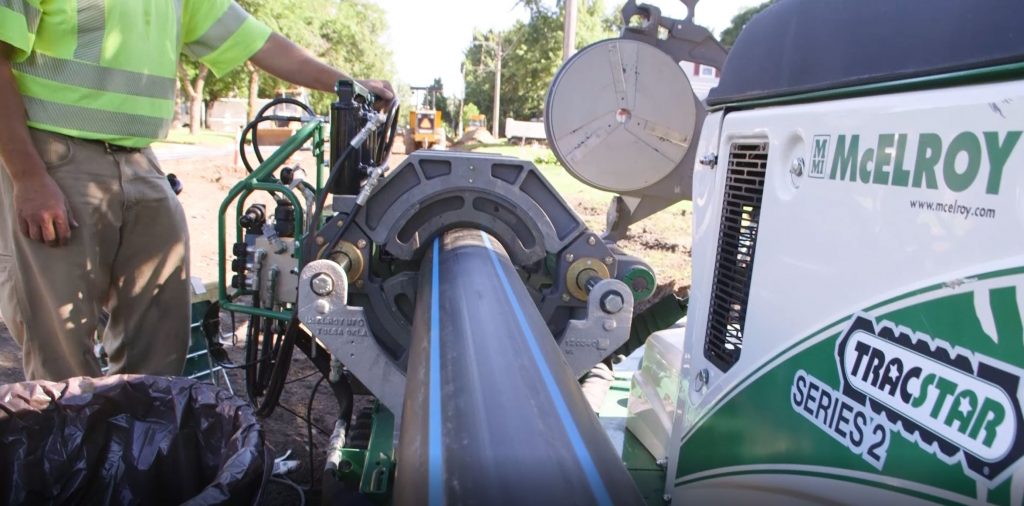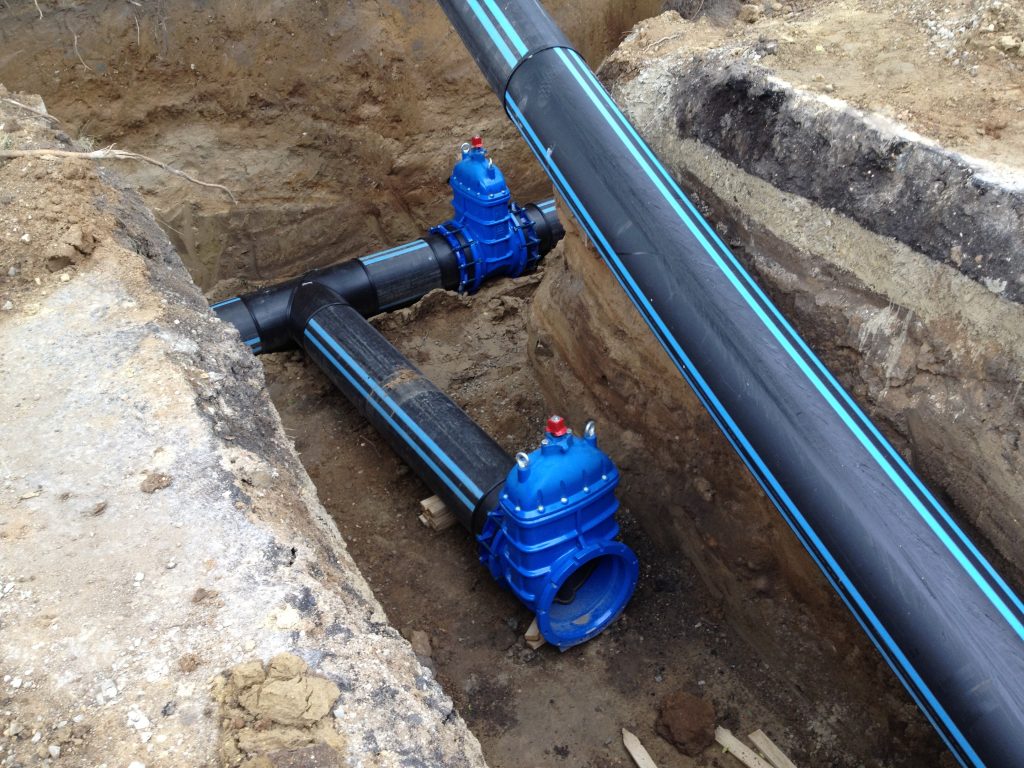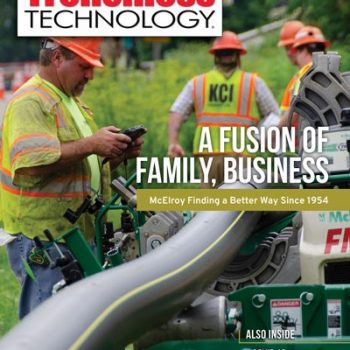The plastic pipe industry has fought hard for a seat at the competitive bidding table when local governments select pipe materials for their water, sewer and storm water projects.
Their aim is becoming razor focused now with trillions of federal dollars at stake in pending legislation to improve the country’s aging infrastructure. Current regulations severely limit many municipalities on the number of pipe materials that can be considered. For decades, this has prevented alternative pipe materials such as HDPE to be evaluated against traditional pipe based on cost, performance, public health and environmental impact.
But the case for opening up the competition has never been stronger as studies reveal that competition results in better prices for pipe and provides opportunities for innovative, high-performance technologies. According to the National Taxpayers Union, open competition could save more than $371 billion on water infrastructure improvements, and that’s significant considering that the American Water Works Association estimates a $1.3 trillion price tag to replace the nation’s water infrastructure.
A host of organizations including the American Chemistry Council, US Conference of Mayors and Plastics Pipe Institute (PPI) are calling for the House Transportation and Infrastructure Committee to require open and competitive bidding on increased federal investments. They argue that closed bidding has “increased costs for projects and blocked new and innovative materials from being considered.”

Many of the jurisdictions that were open to alternative pipe material saw the benefits of HDPE’s corrosion resistance and long service life and became early adopters of thermoplastic technology 20 years ago.
Todd Jorgenson, Gas & Water Operations Director in Austin, Minn., said that their initial evaluation showed that pipe costs were similar between HDPE and ductile iron, but they felt like they would save money in the long run with HDPE. They were looking for a product that was resistant to corrosion and didn’t have to be replaced after being in the ground less than 30 years.
“Our first (HDPE) project was 1998 and we haven’t looked back since then,” he said. “It’s still in service and we haven’t had one problem with it.”
Eric Shaffer, chief engineer of Utilities for the City of Duluth, Minn., said their city realized the benefits of HDPE 20 years ago with their first water main project. A major selling point was its long life and the fact that it doesn’t rust in the area’s extremely corrosive, clay soil. Since their gas utility had been using medium-density polyethylene (MDPE) since the ‘70s, the installation wasn’t entirely new to them.
“The big problem is so many contractors are all ductile and they don’t look at anything else. That’s how I was 20 years ago as a consultant.” he said.
Both Schaffer and Jorgenson sit on the Municipal Advisory Board (MAB) of the PPI. Its mission is to improve the design, installation and operation of municipal HDPE water piping systems by partnering with utilities, researchers, designers, contractors and the HDPE industry. To learn more about the PPI and its advocacy efforts as well as the benefits of HDPE, go to https://plasticpipe.org/.


